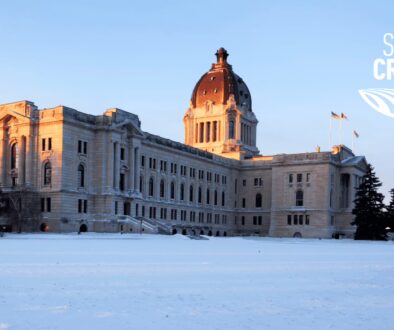A Quick Tip on Kochia Management from Dr. Charles Geddes, AAFC
By Mitchell Japp, Research and Extension Manager
Do you have a burning question for a barley researcher? SaskBarley brought three prominent barley researchers in front of a packed house at our BarleyBin Live event at the Harvest Eatery in Shaunavon, SK this March. Dr. Charles Geddes, Christiane Catellier, and Dr. Phillip Harder brought some productive discussions and conversations to an engaged crowd. If you missed it, you can rewatch the livestream on Twitter/X.
Here’s one of those questions.
- If you’ve got a major kochia problem, what steps would you take mitigate that problem in a long-term drought?
Dr. Charles Geddes, Research Scientist in Weed Ecology and Cropping Systems at Agriculture and Agri-Food Canada highlighted the challenges of the kochia plant and some opportunities for control. Kochia is well adapted to many conditions – dry, cold, heat, salinity. It has an advantage in all those conditions, and there are populations resistant to several herbicide groups.
Start management where the problem is worst: Kochia becomes a problem in areas where the crop is not able to be competitive – primarily sloughs or slough rings and saline areas. Because of the competitive advantage that kochia has in those areas, the number of seeds a plant can produce and the tumbleweed characteristic, kochia problems quickly spread from areas where the crop is already in poor condition (and likely losing you money). Starting control in these areas, where the crop is limited expands options for control to include mowing, cutting for feed, strategic tillage, spot spraying, as well as more long-term solutions like planting a crop that can be competitive in those areas, such as barley or even a saline tolerant forage.
Dr. Geddes had more to say on kochia management, catch up on the rest by watching the live stream.
See the Q&A from our other speakers: Christiane Catellier, and Dr. Phillip Harder.




